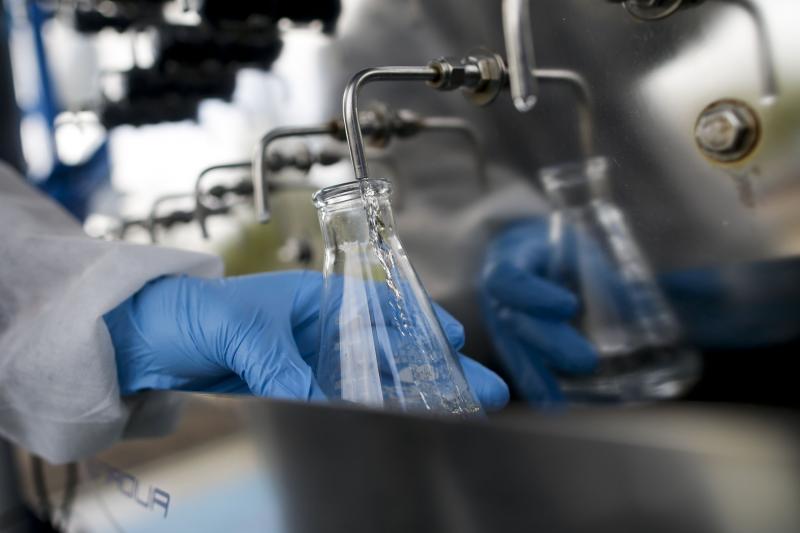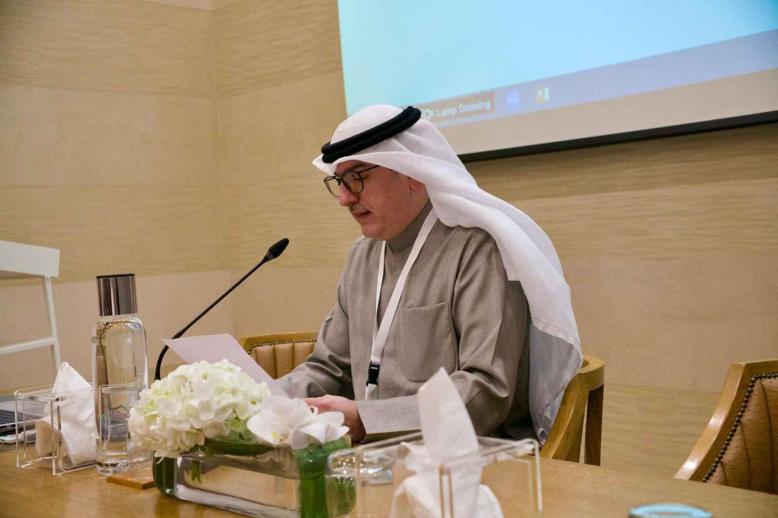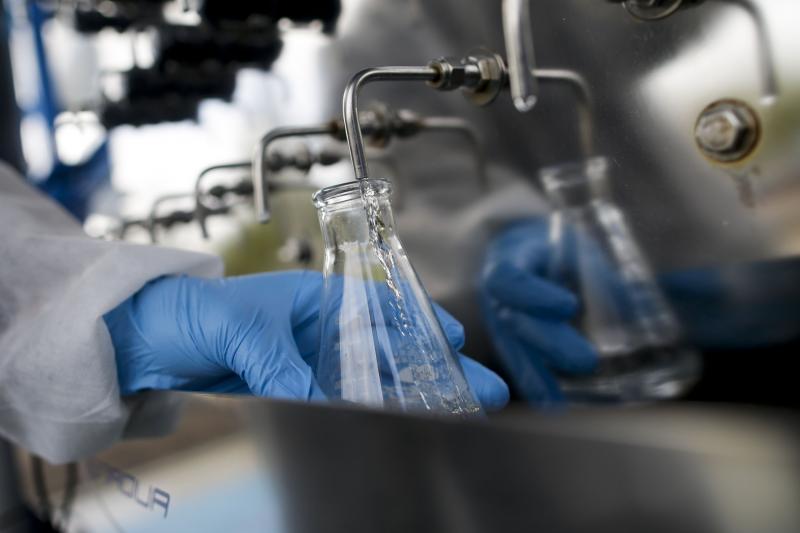Water purification technology: a needed investment for MENA countries
Some regions of the Middle East and North Africa are plagued by water scarcity due to irregular rainfall, irrigation and soaring population growth. In many countries, poor waste management, a lack of resources and inefficient purification methods have resulted in inadequate or unsafe drinking water for the public.
In Egypt, where the population is projected to double within the next 50 years, the problem is particularly acute.
The Nile is Egypt’s main economic lifeline and source of drinking water but there are concerns about its quality. Liquid waste is dumped near — sometimes in — the Nile, polluting the river, which some locals draw drinking water from. The problem is exacerbated by poor monitoring and old infrastructure, which make it difficult for the country to effectively treat water.
Egypt’s inability to safely purify water is partly responsible for endemic shortages. In some rural areas, residents receive water as few as two hours a day, the Guardian, a British newspaper, reported in 2015. In addition, the Egyptian government has not adequately invested in research to curb its water crisis, even as it intensifies.
“There is no real encouragement from government institutions, which invariably argue that there is no funding budget, even though the water crisis is worsening one day after another,” Hossam Abu el-Nasr, a professor of agriculture at Assiut University, told Al-Fanar Media.
With the construction of the Grand Ethiopian Renaissance Dam, which could cut Egypt’s share of the Nile by 25%, Cairo will likely have an even more limited supply to work with, forcing the country to contend with shortages sooner than it is prepared for.
One way for Egypt — and other MENA countries facing water scarcity issues — to move forward is to initiate more intensive water purification techniques, which, though costly, would be an important investment for future generations. Purification methods remove contaminants within water, allowing it to be used for medical applications, industrial purposes and drinking water.
While water is desalinated after being retrieved from the Nile, and Egyptian researchers have been working on innovative new methods to purify it, the country’s method to treat water for human consumption could be much improved.
Ideally, in the pre-treatment stage, water is tightly contained to prevent further contamination and large debris elements, such as sticks and leaves, are removed. The water is stored in bank-side reservoirs to allow natural purification to occur. To prevent fouling organism growth, the incoming water is chlorinated and the liquid’s level of acidity or alkalinity adjusted to meet standards.
After pre-treatment, organic chemicals, such as algae and inorganic silt and clay, are added to facilitate the removal of suspended particles that contribute to the cloudiness of the water. This stage is known as coagulation and flocculation.
With the addition of inorganic coagulants, such as aluminium sulphate, the particles are neutralised and stick together, allowing the larger particles to settle. As the particles settle, a sludge layer forms that must be removed. Next, a filtration system, usually utilising sand, is implemented. As water moves through the sand, organic compounds that foul the liquid’s odour and colour are removed.
Finally, the water is disinfected to kill remaining micro-organisms. Water is then stored in a contact tank for completion of the process.
While Egypt’s desalination methods provide vast amounts of water, studies raised concerns over how thorough the purification process is. A 2016 study on water pollution in the Middle Nile Delta, published in the Journal of Advanced Research, stated that “water sanitation in the middle region of the Nile Delta is far from ideal” and that certain biological agents “constitute a real risk factor for the populations.”
By developing mechanisms to enhance its water purification systems, cracking down on poor waste management and improving its infrastructure, Egypt would be able to tap into the large amount of water reserves that are currently unusable and improve the quality of water provided to its population. While the upfront cost of upgrading its water system would be significant, the eventual benefits would more than pay off.
Omar El-Huni is a contributor to The Arab Weekly on environmental issues. He studies environmental science at the University of Reading.
This article was originally published in The Arab Weekly.







